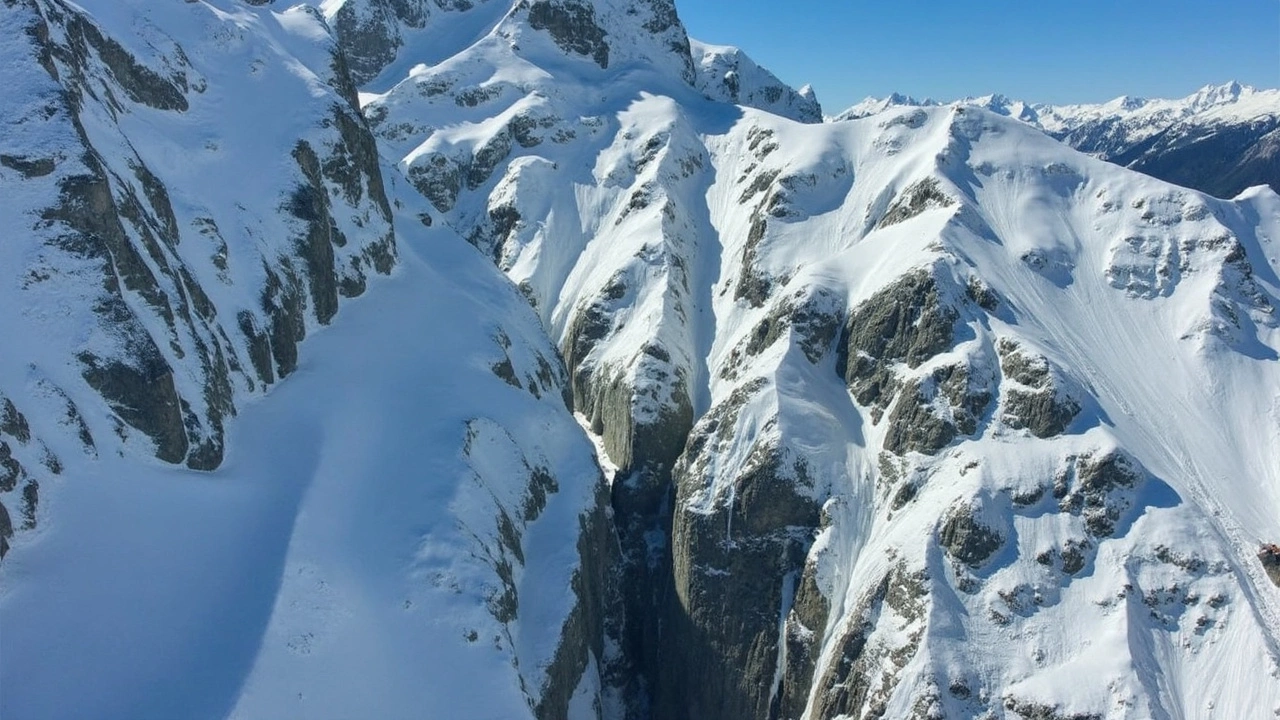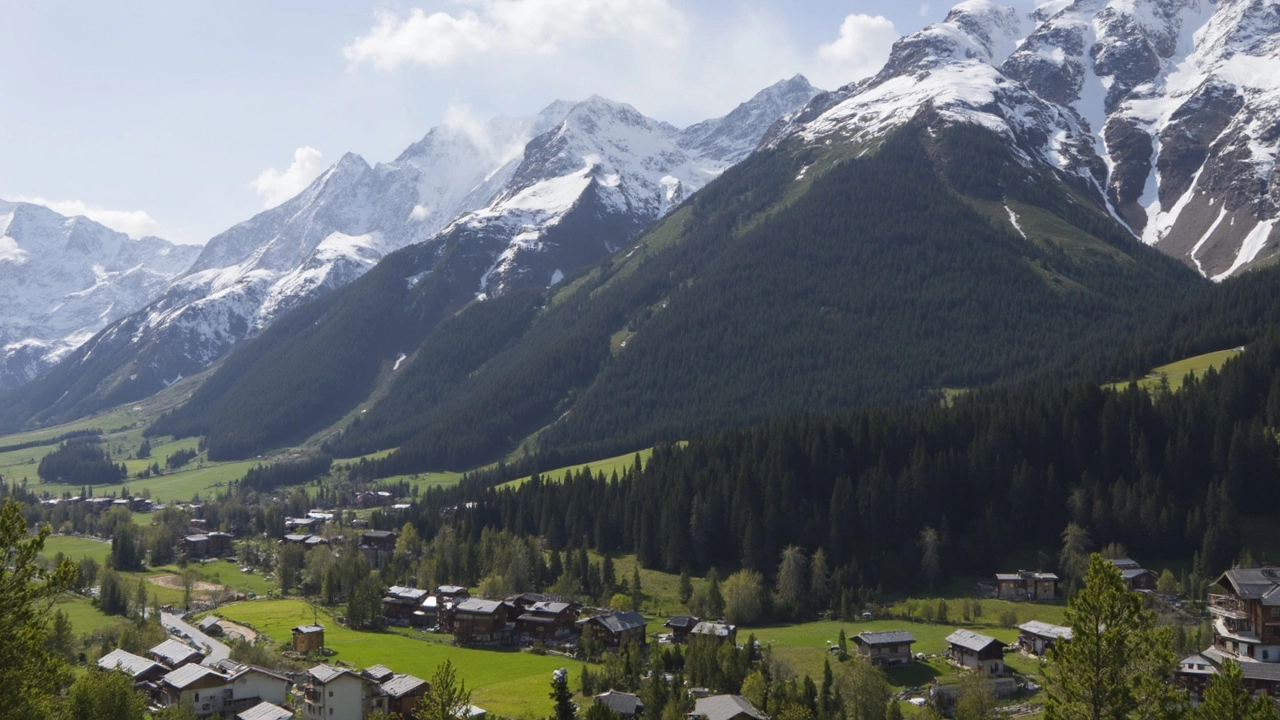Landslide Forces Entire Swiss Village to Flee Overnight
At sunrise on May 19, 2025, Blatten, a small Swiss village perched high in the Lötschental valley, echoed with a sense of urgency. Authorities knocked on doors, telling families to leave their homes and gather their animals. Officials feared that the nearby Birch Glacier could send roughly nine million tons of rock and debris careening down the mountainside at any minute. This was no drill—the threat was real and immediate.
The Department for Natural Hazards had eyes on the glacier for months, tracking subtle shifts and new cracks with high-tech sensors and drone flights. After a series of smaller rockfalls near the well-known Kleiner Nesthorn peak just days earlier, the warnings grew louder. By Sunday, the signals couldn’t be ignored. The Valais State Council wasted no time, coordinating with local leaders and the Lötschental crisis center to pull off a rapid evacuation that included not just villagers but every cow, sheep, and goat that called Blatten home.

Assessing the Danger: Lessons From the Past Catch Up With the Present
If this all sounds familiar, it’s because Swiss mountain communities have faced similar threats in recent years. Just last summer, Brienz in the eastern Swiss Alps emptied out after geologists predicted another massive rockslide. There, as here, the ground simply stopped behaving like people expected. Changes in temperature, heavy rainfall, and shifting ice all put extra pressure on already vulnerable alpine slopes.
The "special situation" declaration—Switzerland’s signal for mobilizing everything from army trucks to civil defense volunteers—let the response move fast. Trained teams set up makeshift shelters in safer areas nearby. Farmer trucks and trailers hauled animals out. Old-school word of mouth helped make sure elderly residents weren’t left behind. For many, the speed and scale of the operation brought back memories of past regional emergencies—reminders that the Alps, for all their postcard beauty, can turn unpredictable fast.
What’s different this time is the technology. Crews stuck GPS modules onto boulders on the glacier, checking for every shuffle. Satellite images pinpointed new fissures opening along weak bedrock. Every bit of fresh data helped crisis managers decide whether to keep the evacuation in place, extend it, or let people sneak back to grab essentials. The weight of knowing nine million tons—nearly the mass of the Empire State Building—could suddenly be on the move left no one in a hurry to second-guess the order.
Experts have been quick to point out that such geological surprises aren’t likely to get rarer. Warmer winters, patchier ice, and more frequent heavy rainstorms mean the high Alps will probably see more, not fewer, landslide scares. That’s driving Swiss authorities to invest even more into monitoring, warning systems, and community disaster drills so that places like Blatten are always ready to clear out on short notice.
For now, Blatten stands empty, its shutters drawn and stables deserted. What happens next—whether the slide tears through the village or the threat passes—will offer new lessons for every mountain hamlet watching nervously from afar.





